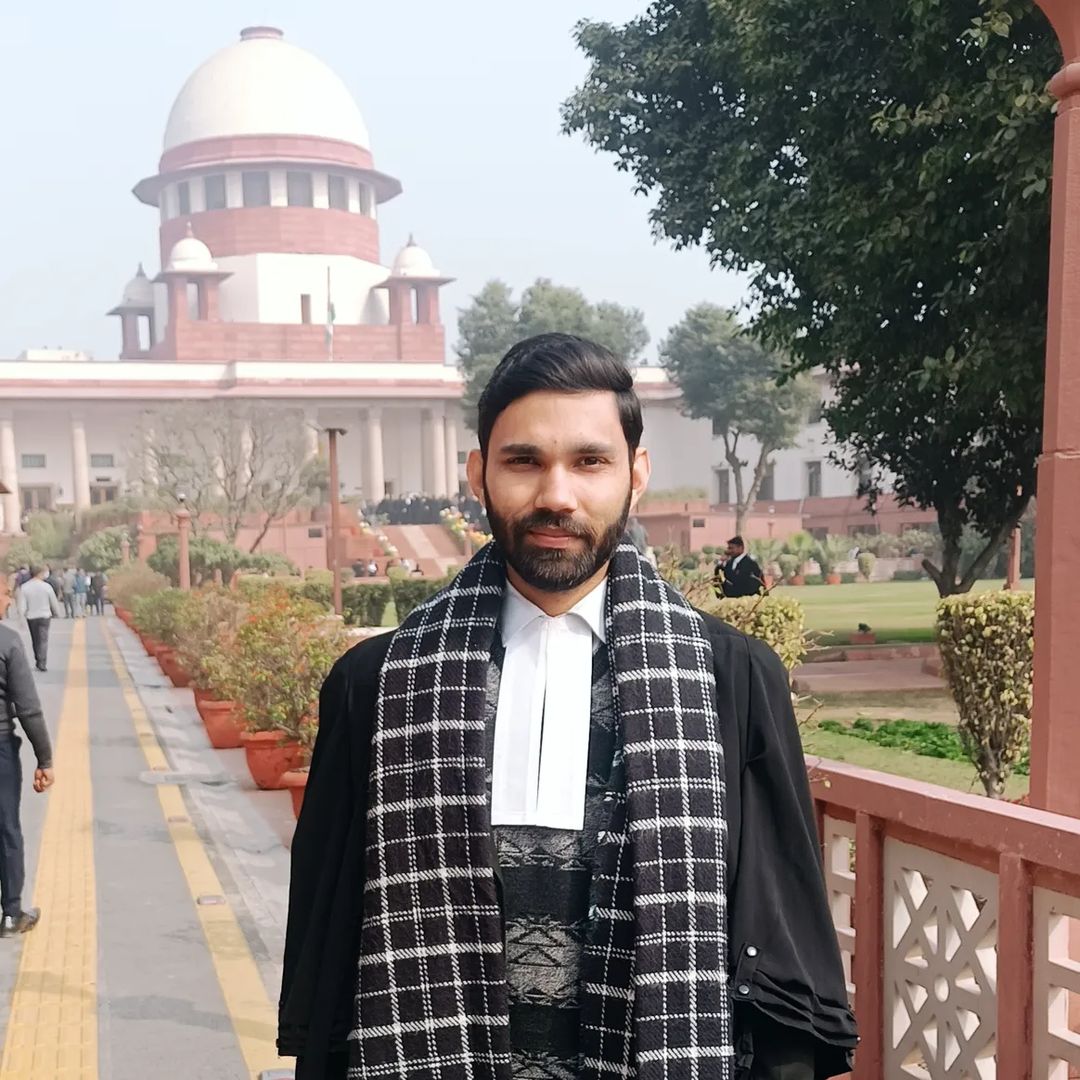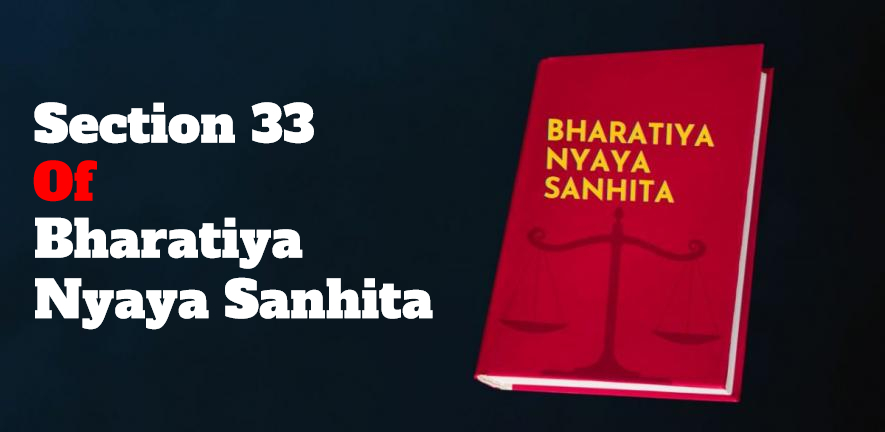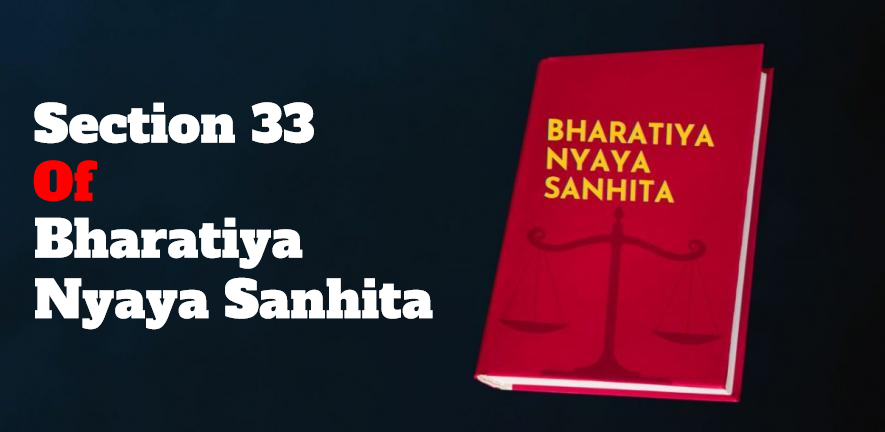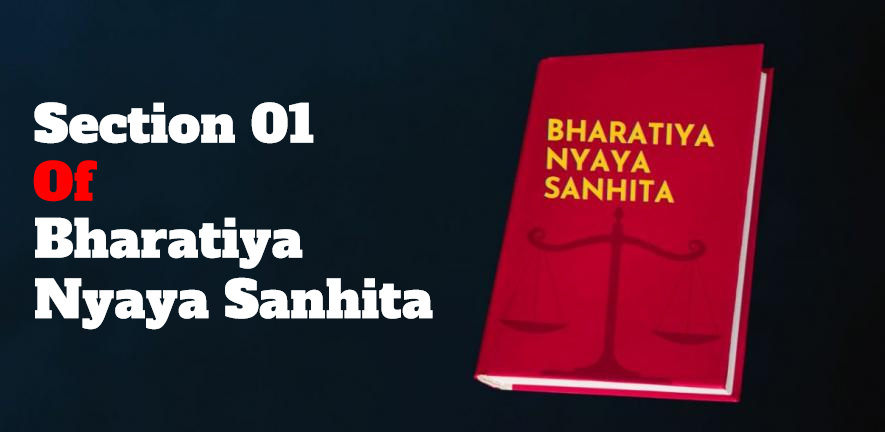Section 33 BNS – Section 33 of New Bharatiya Nyaya Sanhita
- Section 33 BNS – Section 33 of New Bharatiya Nyaya Sanhita
- Overview of BNS
- Importance of BNS in Indian Legal System
- Evolution of Legal Provisions in India
- Need for Section 33
- Definition and Scope
- Key Features of Section 33
- How it Affects Legal Proceedings
- Impact on Civil and Criminal Cases
- Differences from Previous Laws
- Improvements and Criticisms
- Notable Cases
- Legal Interpretations and Judgments
- Views from Legal Experts
- Public Perception
- Ensuring Fair Trial
- Balancing State and Individual Rights
- Potential Amendments
- Long-term Implications
- Summary of Key Points
- Final Thoughts
- FAQs
The Bharatiya Nyaya Sanhita (BNS) is a pivotal legal code designed to modernize and unify the legal system in India. This comprehensive code aims to replace outdated and fragmented laws with a cohesive and accessible framework.
Overview of BNS
The BNS is a unified legal code that consolidates various existing laws into a single, streamlined document. This initiative seeks to simplify legal procedures, making them more transparent and understandable for all citizens.
Importance of BNS in Indian Legal System
The implementation of the BNS is vital for ensuring the rule of law in India. It provides clear and consistent guidelines for legal proceedings, helping to maintain order and deliver justice effectively.
Historical Context of Section 33
Evolution of Legal Provisions in India
India’s legal landscape has evolved significantly over the years. The introduction of new laws and amendments has been necessary to address the changing needs of society and to ensure justice for all.
Need for Section 33
Section 33 was introduced to fill specific gaps and address ambiguities in the previous legal framework. It aims to provide clear and detailed guidelines for handling certain legal matters, ensuring efficiency and fairness.
What is Section 33?
Definition and Scope
Section 33 of the New Bharatiya Nyaya Sanhita outlines specific procedures and guidelines for dealing with particular legal issues. It covers a broad range of legal proceedings, ensuring they are conducted systematically and justly.
Key Features of Section 33
- Detailed Guidelines: Provides precise instructions for legal procedures.
- Fairness: Ensures that all parties receive a fair trial.
- Efficiency: Aims to expedite legal proceedings and reduce case backlogs.
Legal Implications of Section 33
How it Affects Legal Proceedings
Section 33 has a significant impact on legal proceedings in India. By offering clear guidelines, it helps speed up the judicial process and ensures that cases are resolved in a timely and fair manner.
Impact on Civil and Criminal Cases
Both civil and criminal cases are influenced by Section 33. It establishes specific protocols that must be followed, ensuring consistency and fairness in the handling of these cases.
Section 33 vs Previous Provisions
Differences from Previous Laws
Section 33 introduces several notable changes compared to previous legal provisions. It offers more detailed and specific guidelines, reducing ambiguities and ensuring a more efficient legal process.
Improvements and Criticisms
While Section 33 has been praised for its clarity and efficiency, it has also faced criticisms. Some legal experts argue that it might be too rigid, while others believe it does not comprehensively address all necessary issues.
Case Studies Involving Section 33
Notable Cases
There have been several notable cases where Section 33 has played a crucial role. These cases highlight the practical applications of this provision and how it has influenced legal outcomes.
Legal Interpretations and Judgments
Legal interpretations and judgments involving Section 33 provide valuable insights into how this provision is applied in real-life scenarios. These interpretations help in understanding the nuances of Section 33 and its impact on the judicial process.
Expert Opinions on Section 33
Views from Legal Experts
Legal experts have expressed varied opinions on Section 33. While many appreciate its detailed guidelines and emphasis on fairness, others have pointed out potential areas for improvement.
Public Perception
The general public’s perception of Section 33 is mixed. While some see it as a positive step towards a more efficient legal system, others are concerned about its potential limitations and rigidity.
Section 33 and Human Rights
Ensuring Fair Trial
One of the primary goals of Section 33 is to ensure a fair trial for all parties involved. By providing clear and detailed guidelines, it helps in protecting the rights of individuals and ensuring that justice is served.
Balancing State and Individual Rights
Section 33 seeks to strike a balance between the rights of the state and those of individuals. It ensures that the legal process is fair and just, protecting the rights of all parties involved in a case.
Future of Section 33
Potential Amendments
Like any legal provision, Section 33 may undergo amendments in the future. These changes could address current criticisms and further enhance the efficiency and fairness of the legal process.
Long-term Implications
The long-term implications of Section 33 are significant. It has the potential to shape the Indian legal system for years to come, ensuring that justice is delivered efficiently and fairly.
Conclusion
Summary of Key Points
Section 33 of the New Bharatiya Nyaya Sanhita is a crucial legal provision that aims to streamline and improve the legal process in India. By providing detailed guidelines and ensuring a fair trial, it helps in delivering justice efficiently.
Final Thoughts
While Section 33 has its critics, it represents an important step towards a more modern and efficient legal system. By addressing gaps in the previous framework, it helps in ensuring that justice is served in a fair and timely manner.
FAQs

Adv Ashish Sharma has dedicated his career to helping individuals and businesses navigate the intricate legal landscape with confidence. From providing expert advice on current legal issues to offering clear explanations of legal principles, he strives to empower his audience with knowledge and understanding.


